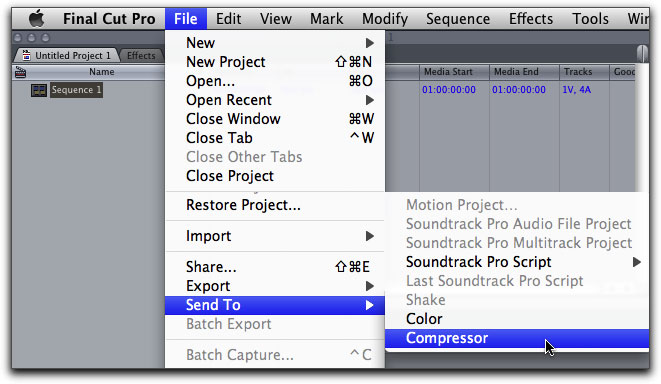Dvd Studio Pro 422 Download Mac

Hi everyone I'm using Dvd Studio Pro 4.2.1 with Mac OSx Leopard 10.5.8 with Final Cut Studio 2 and today received a project from a client made in Dvd Studio Pro version 4.2.2, I need to open and work with it to re-author the dvd and burn it.
It has been more than two long years since Apple released ( ), its flagship pro-level nonlinear video editing app. While there are a few extremely sexy new features in Final Cut Pro 7— among them new ProRes flavors, iChat Theater, and Easy Export that will attract lots of attention—the main focus of this new version seems to be enhancing stability, speed, and productivity.
OsiriX MD for Mac is an image processing software that has been specifically designed for medical uses. Osirix 64 bit crack. It is certified for all clinical uses in medicine procedures (FDA, CE, ANVISA).
New ProRes flavors ProRes, a high-definition lossy video compression format developed by Apple for use in post production, was introduced in 2007 with Final Cut Pro 6 (FCP). The new variations are designed to broaden the codec family’s capabilities into higher-end post production, news markets, and offline editing. In the most compelling new feature of this release, Apple builds on the success of its excellent ProRes codec family by adding three new flavors: ProRes 4444, ProRes 422 (LT), and ProRes 422 (Proxy). ProRes 4444 is designed for highest end work or compositing with alpha channel. The LT version is for lightweight deliverables, such as broadcast, while the 422 (Proxy) is specifically for offline editing.
That’s in addition to the two flavors for “normal” editing and finishing—the regular flavor for most projects, and the HQ for higher end quality, which are still included from the previous version. ProRes 4444 For video editors like me who try to push FCP as far as it can go, there is now a ProRes codec for working with high end formats (think HDCAM SR or Redcode) or for higher quality when rendering from FCP or other programs, specifically compositing applications.
ProRes 4444 supports either the traditional video color space or RGB at full 4:4:4 color sampling, at up to 12 bits per pixel according to Apple. Wait, what is the fourth four for? It is for your alpha channel, and yes, Virginia, they did it right and it does have 10 bits per pixel as well. Serial number.

This codec runs at 330 megabits per second in a “worst-case scenario” of 1080i60 video, not including the alpha channel. The alpha is “mathematically losslessly encoded” Apple says, at a variable data rate, which hints that the codec is using some kind of compression that makes the file size smaller than an uncompressed alpha channel but of identical quality. ProRes 422 (LT) If you know the regular ProRes 422, you like it, you use it, then think of this as ProRes 422 on a bandwidth diet. So why bother?
Turns out a lot of broadcast equipment is built around 100 megabits per second pipelines—Panasonic started it with the Varicam and its DV100 (aka DVCPRO HD) codec, and continued with its AVC-Intra codec, both of which run at a maximum data rate of 100 megabits per second. So a lot of folks had their digital plumbing set up for 100 megabits per second, and regular ProRes 422, which can run up to 145 megabits per second for 1080i60 footage, could gum up the works since it was nearly 50 percent larger than the anticipated data rate. So along comes ProRes 422 (LT).
It’s the same thing as ProRes (10 bit, full raster, 4:2:2 color sampling), just at a lower data rate, and it'll fit nicely into existing broadcast infrastructure. Sports and news editing for broadcast, for instance, will love this codec, since the decrease in quality will never be noticed by the time is it is compressed even further and sent out to air.